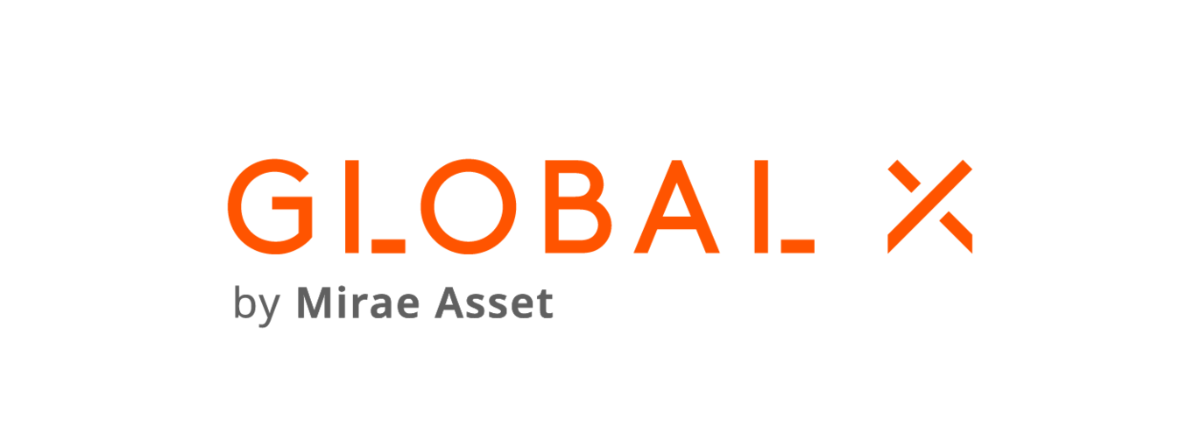Smaller ETF issuers face a losing battle when taking risks on increasingly niche ETF exposures, only to be outmuscled and undercut on their best ideas by larger players including BlackRock, industry participants have told ETF Stream.
While many of the now top ETF promoters entered the market with broad core equity and fixed income offerings, the post-COVID-19 era catalysed the rise of more esoteric thematic exposures in Europe, offering fertile ground for new entrants to push the boundaries of what should be wrapped within an ETF.
Naturally, the traction enjoyed by the more experimental players continues to catch the gaze of established players, looking for ways to expand their longer standing and perhaps less adventurous rosters.
Martijn Rozemuller, CEO of VanEck Europe, told ETF Stream: “We have definitely seen instances where bigger issuers copy an idea. It is a compliment. It shows that as a smaller team, you are onto something interesting so it is a stamp of approval.
“The downside is they are normally able to attract more attention to their products because they have larger marketing budgets, their brands are better-known and they have larger sales teams.”
Rozemuller warned although some of the European investor community rewards first movers, a recurring pattern of large issuers entering as third or fourth movers and dominating an exposure reduces the incentive for smaller companies to develop new ideas.
“That is something the industry and investors need to keep in mind if they want to see new, innovative products come to market. They need to favour some of these companies that bring these products to market, or otherwise they will stop,” he said.
Agreeing, Hector McNeil, co-founder and co-CEO of white-label issuer HANetf, singled out BlackRock’s metaverse ETF launch at the end of 2022, which he said was announced as “a massive achievement”.
“That is just the sign of a broken market, when you can be sixth to market and you are confident that you are still going to win,” McNeil said.
“They are sucking the innovation out of the market and it really just comes down to the scale. All they have to do is create a copycat product and be cheaper and turn on all of their pipes.”
Commercial savvy behind delayed arrivals
It is worth noting, however, that large issuers’ launches are carefully timed to capture commercial opportunities rather than racing to indiscriminately be first to market.
Michael John Lytle, CEO of Tabula Investment Management, said: “BlackRock is a supermodel. They do not get out of bed for less than $500m.
“They are not going to copy products quickly. They are a super tanker so it takes them a while to create products and there are a lot of competitive processes internally, as to using resources to create a new ETF.”
For instance, BlackRock gained approval for its recently launched defence ETF from the Central Bank of Ireland (CBI) in 2018, but likely held fire for six years due to investor attitudes towards the theme at the time.
Kamil Sudiyarov, ETF product manager at VanEck – which unveiled Europe’s first defence ETF in March last year – said: “If it was not for our launch or HANetf’s launch, where you have two examples of relatively successful ETFs in the sector, my assumption is [BlackRock] would not have considered it.”
This underlines how small issuers are sometimes the masterminds of new ETF innovation, whereas on other occasions large issuers allow others to move first to act as a proof of concept.
For example, Global X was forced to cut the fee on its copper ETF, the Global X Copper Miners UCITS ETF (COPX), from 0.65% to 0.55% the week after BlackRock unveiled its own copper ETF last June.
“I see a similar thing with the copper miners in Europe,” Sudiyarov continued. “In Europe, BlackRock waited to jump on the climate transition narrative bandwagon with their marketing machine.”
There is also little incentive for some asset managers to move first on new exposures, especially those which are ‘vertically integrated’ with large distribution networks in-house, Sudiyarov added.
“If you look at the launches over the past two years, you sometimes might think that a launch does not make sense as it comes in an already saturated field, often it comes from a provider that has its own distribution network.”
Market gaps become rarer
Another challenge for thematic specialists is the trifecta of trying to find new ideas, identifying which have commercial potential and then those which offer protection imitation.
Sudiyarov noted there is a “fine balance” to strike between being creative and tapping into ‘moonshot’ themes. This is challenging in Europe, he argued, where fewer retail investors means less word-of-mouth driving theme enthusiasm.
Having to remain less niche also leaves smaller providers exposed to themes liquid enough to welcome large competitors.
“As we saw with copper miners, an issuer in Europe might have thought there were corners of the market where they could hide from BlackRock, but perhaps not anymore,” he said.
A key issue is the barriers to copying thematic equity intellectual property are low for any with the infrastructure for on-exchange equity pricing across large exchanges and the ability to collect data daily.
“Most times you can go to one of the index providers, say you like a strategy and ask them to create a version of it for you,” McNeil added.
“The best you can hope for as a first mover is to get a bit of momentum, to get out of the gate and hope you are far enough down the road to escape BlackRock’s velocity and under-pricing.”
BlackRock declined to comment.
Imitation has limits
However, it is worth acknowledging the scope of imitation has some clearly defined borders from a technical standpoint.
Lytle suggested copycatting is “more of an equity thematic gripe” and outside of some issuers following Tabula’s lead in Paris-Aligned European credit. He added emulating niche fixed income exposures is “more complicated”.
“Selecting interesting segments of fixed income is more complicated – which assets you want together and what is the investment logic. Once you have decided what you want to do, finding the data to make the index work is also not straightforward because it does not all come from the same source,” he said.
Additionally, while thematic equity indices account for the liquidity and revenue exposure of 70,000 listed equities, fixed income indices must build and maintain indices based on bond issuer, maturity, defaults, changes in credit ratings and new issuances across more than nine million securities.
Fixed income players are not immune, however. In December 2023, BlackRock launched a euro-denominated Paris-aligned high yield ETF which offers similar exposure to the Tabula EUR HY Bond Paris-Aligned Climate UCITS ETF (THEP). BlackRock’s ETF has gathered $259m assets under management (AUM) versus $63m AUM for Tabula’s ETF despite launching in January 2022.
Copycatting not the key danger
While ETF imitation exists, Lytle argued it is far from the biggest problem facing smaller providers or the European ETF industry at large.
“The part that is stifling the business is the constant focus on reducing total expense ratios (TERs) to the point that they are non-economic for competitors that are actually exposed to the economics of running their ETF business,” he continued.
This is just the extension of a long-standing dynamic, whereby large issuers are prepared to run front-to-back ETF businesses at a loss, either in exchange for the benefits that will accrue to their ancillary services as a result, or because unrelated segments keep the lights on in their ETF businesses.
“If you want the ETF space to be compelling on a standalone basis, so that people who are running bottom-line businesses will come in and offer interesting ETFs, then you need to think about whether issuers should be running the majority of ETFs at a loss, making it uneconomic for new entrants, unless they are subsiding that offering from somewhere else,” Lytle concluded.







